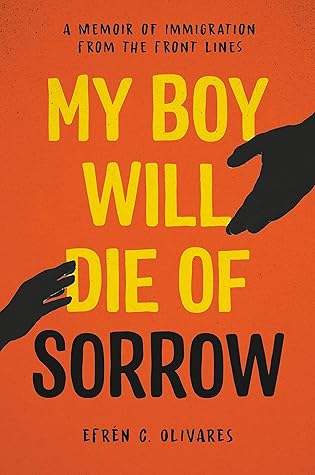More on this book
Kindle Notes & Highlights
Read between
September 29 - October 15, 2025
The U.S.-Mexico border, wrote Gloria Anzaldúa in the opening chapter of Borderlands/La Frontera, is an open wound, “una herida abierta where the Third World grates against the first and bleeds. And before a scab forms it hemorrhages again.”
On the first day of detention, the system assigns each immigrant a unique nine-digit Alien Registration Number, or “A-Number.” In immigration court, each time the immigration judge calls a case, he—and it is almost always a he—reads out the last three digits of the A-Number, instead of the immigrant’s name. Stripping them of their name is one of the earliest, most visible ways in which immigrants are denied their personhood when they arrive in this country. The person becomes a registered alien, and the alien becomes a number.
In my mind, there was no denying it, it was the United States of America, and doing it in our name. It was too attractive, too convenient, to say this is not us. But for these parents and these children, it was us.
Only when we consider the other person a human being equal to us, when we literally see them like we see ourselves, deserving of justice and compassion and respect for the simple reason that they too are a human being, are we able to transcend the material differences of our circumstance—place of birth, nationality, skin color, language, criminal history, poverty—and feel true empathy for one another.
For me, the best way to support a democratic form of government was to call it out—loudly—when it violated human rights. When the government violated the fundamental rights of the men, women, and children who came to its shores, staying silent would amount to complicity.
It may be different shores, but those showing up at our borders come for the same reasons that people have migrated to this land since before the country’s founding: to seek safety and opportunity.
Like many other immigration policies, Zero Tolerance was not about national security or “protecting” jobs or public safety. These justifications were a facade. Zero Tolerance was always about “deterrence”—about inflicting the greatest amount of pain possible on asylum seekers, adults and children alike, as a way to discourage future immigrants from coming to the United States. The more they suffered, the less likely others would come.
After IIRIRA, a major reorganization of the immigration bureaucracy came following the September 11 attacks, when all immigration agencies were brought under the newly created DHS. Since that restructuring, ICE and Border Patrol in particular have doubled down on an agency culture that views immigrants as criminals, as terrorists, as inherently dangerous to the security of the nation, and that largely disregards human life.
Since its founding in 2003, at least 214 people have died in ICE custody, and reports of physical and sexual abuse number in the thousands, prompting calls to dismantle the agency altogether in recent years.
In another, historical sense, we are also a nation where almost every person—except for the descendants of its original inhabitants—has descended from someone who migrated or was brought to this land from elsewhere. In this sense, even the harshest anti-immigrant bigots are the children of immigrants.
“Break bread, not families,”
“Why did you leave me, mommy? Why won’t you come and get me? When will you come get me, mommy?”
The difference, though, is that while our history books romanticize the Spanish conquistadors and the pilgrims on the Mayflower, our laws demonize those making the trek today. We put past migrants on a pedestal of bravery, perseverance, and the epitome of the human spirit, and put present-day immigrants in cages.
Do immigrants give their life to this country, or does this country squeeze the life out of immigrants? Is that the price we expect people to pay for being here?


